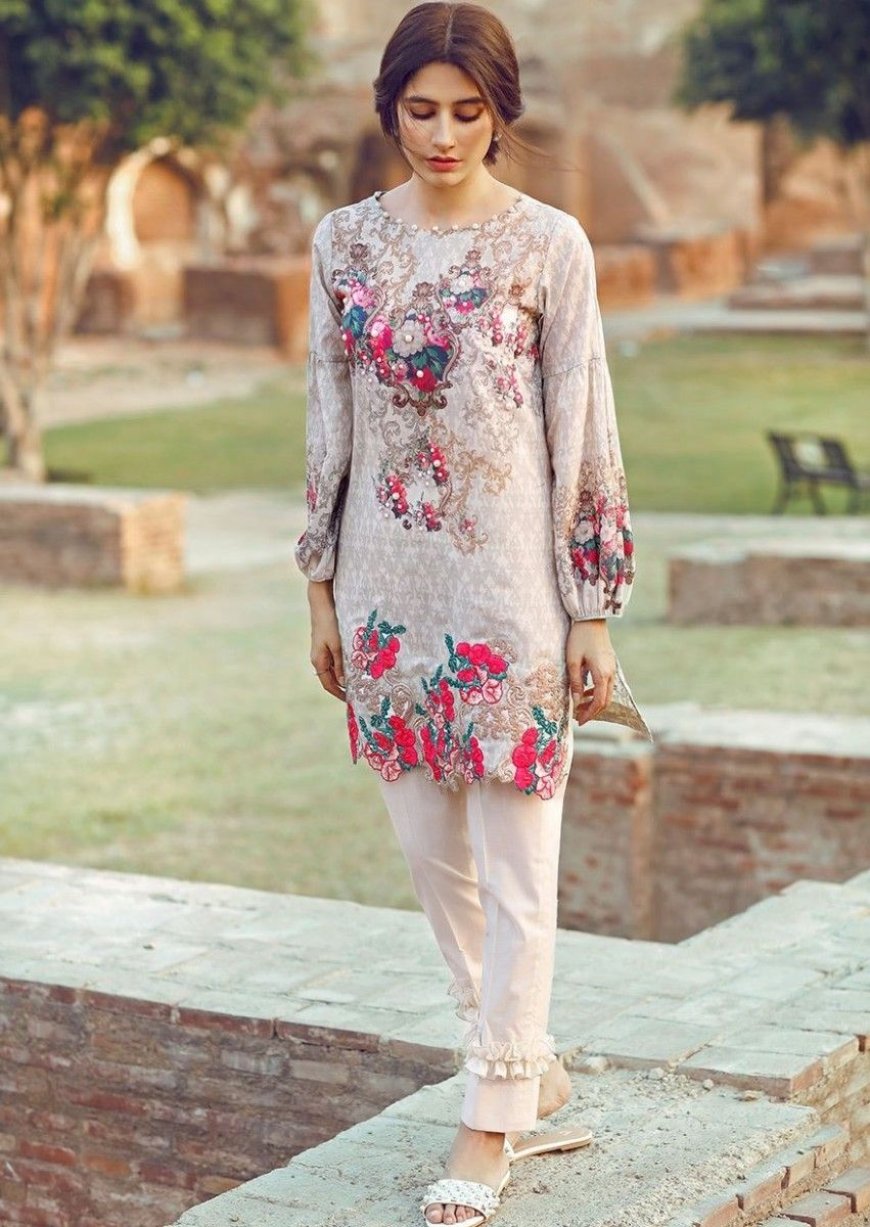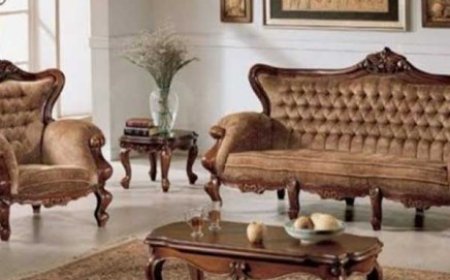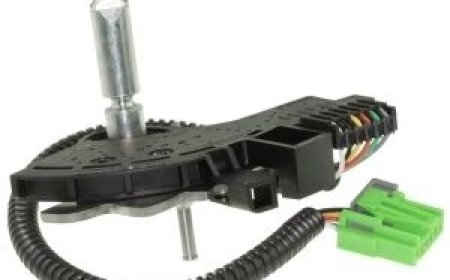A Guide to Women Formal Dresses
women formal dresses have evolved with fashion trends, yet they continue to retain their essence of poise and class.

Formal dresses for women are more than just garmentsthey are statements of grace, confidence, and elegance. Whether attending a black-tie gala, a corporate event, or a sophisticated wedding, the right formal dress can transform an ordinary appearance into a showstopper. Over the years, women formal dresses have evolved with fashion trends, yet they continue to retain their essence of poise and class. This article explores the different types of formal dresses, current trends, styling tips, and why every woman needs a few classic pieces in her wardrobe.
Understanding Women Formal Dresses
Formal dresses are characterized by their refined designs, high-quality fabrics, and attention to detail. These dresses are typically worn to upscale events that call for a sophisticated dress code. Common types of women formal dresses include:
-
Evening Gowns: These are floor-length dresses often worn to balls, galas, or formal evening functions. They are usually made from luxurious materials like silk, satin, chiffon, or velvet and often feature embellishments such as sequins, embroidery, or lace.
-
Cocktail Dresses: Shorter than evening gowns, cocktail dresses are ideal for semi-formal events. They usually fall at or just above the knee and are popular choices for office parties, formal dinners, or receptions.
-
Maxi Dresses: Though often associated with casual wear, some maxi dresses, depending on fabric and cut, can serve as formal attire. When styled correctly, they make excellent choices for beach weddings or garden parties.
-
A-line and Mermaid Dresses: These silhouettes flatter various body types. A-line dresses are fitted at the top and flare out at the waist, while mermaid dresses hug the body and flare out at the knees for dramatic effect.
-
Formal Jumpsuits and Pantsuits: In recent years, structured jumpsuits and tailored pantsuits have gained popularity as formal wear options. These are excellent choices for women who prefer a more contemporary and comfortable look.
Fabrics and Colors That Define Formal Wear
The choice of fabric plays a significant role in the formality of a dress. Luxurious materials like satin, silk, tulle, velvet, and organza offer a rich finish and structured appearance. Lace overlays or beaded embellishments further elevate the elegance of a dress.
When it comes to color, black remains a timeless favorite due to its slimming effect and versatility. However, jewel tones like emerald green, sapphire blue, ruby red, and metallic shades like gold and silver are also popular. Soft pastels and neutrals like blush, champagne, and ivory add a romantic, graceful feel to any outfit.
Styling Tips for Women Formal Dresses
-
Choose According to the Occasion: Always consider the events dress code. A black-tie gala requires a full-length gown, whereas a cocktail party might be more appropriate for a shorter dress.
-
Accessorize Smartly: Let your dress be the star of the outfit. If its heavily embellished, opt for minimal jewelry. For simpler dresses, a statement necklace or chandelier earrings can add flair.
-
Footwear Matters: Pair your formal dress with elegant heels. Nude or metallic tones work well for most dresses, but dont shy away from bold colors if they complement your outfit.
-
Hairstyles and Makeup: Updos and soft curls are classic choices for formal events. Keep your makeup elegantbold lips with subtle eyes or vice versa ensures a balanced look.
-
Layering for Comfort: Depending on the weather, a sleek shawl, bolero, or cape can complement your dress while keeping you warm.
Current Trends in Women Formal Dresses
Fashion trends evolve, but formal dresses are timeless in their appeal. However, several modern touches have refreshed this classic wardrobe essential:
-
Asymmetrical Designs: One-shoulder and high-low hemlines bring a modern edge to formal wear.
-
Sheer Panels and Cut-outs: Strategically placed sheer fabrics and cut-outs create visual interest without being overly revealing.
-
Minimalist Chic: Simple, monochromatic gowns with clean lines are in vogue, offering understated elegance.
-
Sustainable Fashion: Eco-conscious brands are now offering formal wear made from sustainable or recycled materials, catering to the environmentally aware fashionista.
-
Bold Prints and Textures: While solid colors dominate formal wear, bold floral prints, metallic textures, and velvet fabrics are making a stylish comeback.
Why Every Woman Needs a Formal Dress
Even if formal events are infrequent, every woman should own at least one go-to formal dress. Heres why:
-
Preparedness: Last-minute invitations are easier to handle when you already have the perfect dress in your wardrobe.
-
Confidence Boost: A well-fitted, stylish formal dress can uplift your confidence and presence in any social setting.
-
Versatility: With the right accessories, a good formal dress can be styled for multiple occasionssaving time and money.
-
Fashion Investment: A timeless formal dress, when chosen thoughtfully, is a long-term addition to your wardrobe.
Conclusion
Women's formal dresses symbolize more than just fashionthey are expressions of personal style, confidence, and occasion-specific grace. Whether youre drawn to a classic black gown, a trendy jumpsuit, or an embellished cocktail dress, finding the right piece is all about understanding your body, the event, and your individual preferences. With evolving designs and styles that blend tradition and trend, the world of formal dresses offers something for every woman looking to make a lasting impression.
















![Top 9 Real Estate Mobile App Developers in Riyadh, Saudi Arabia [2025 Edition]](https://www.biphoo.uk/uploads/images/202507/image_430x256_6879d0d524335.jpg)






















